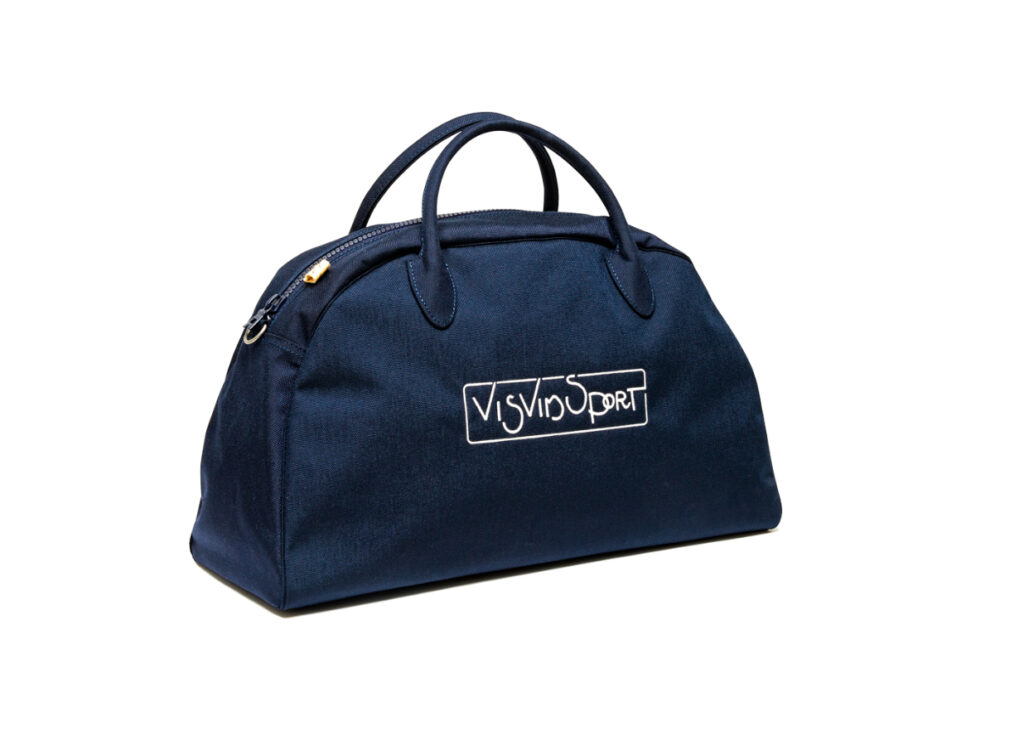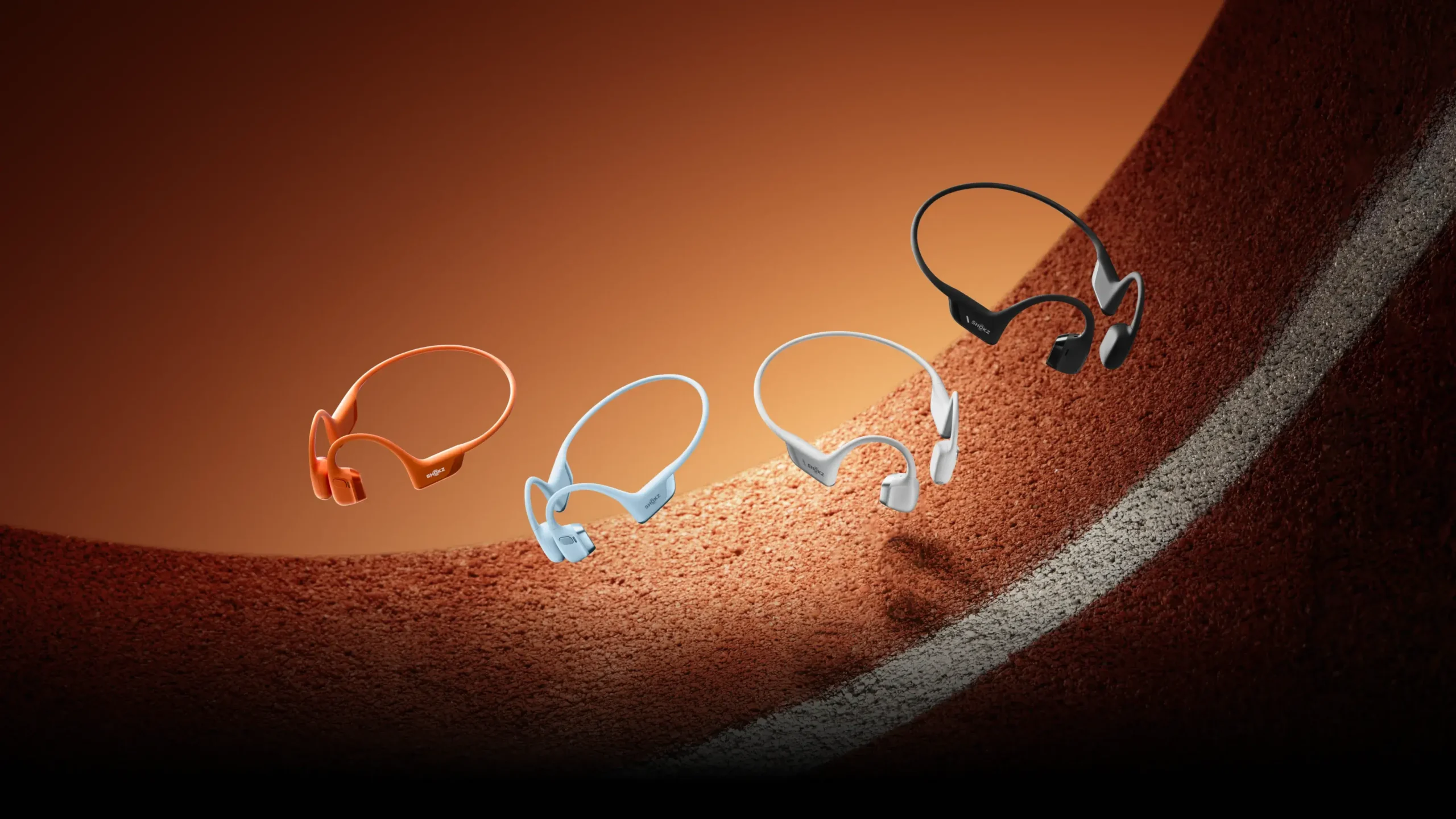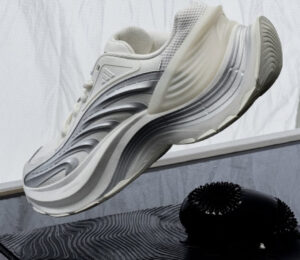In a landscape driven by innovation, speed, and synthetics, it’s easy to forget the quiet dignity of craftsmanship—of something made not for mass production, but for endurance. Hiroki Nakamura’s VISVIM has long stood at the intersection of tradition and refinement, blending indigenous techniques with contemporary sensibility. And now, with the launch of VISVIM SPORT, the label expands into the realm of athletic wear—not with futuristic tech, but with a return to the foundational principles that defined sportswear before synthetic fibers overtook the field.
VISVIM SPORT is less a line than a philosophy: a reimagining of mid-20th-century athletic garments through natural materials, classical construction, and understated innovation. By drawing from the 1950s and earlier—before nylon, before stretch polyester, before logo-saturated gym kits—the collection presents a kind of anti-performance wear. Its performance lies not in engineered stretch or compression panels, but in enduring form, comfort, and hand-built detail. This is clothing that doesn’t just work—it remembers.
Returning to the Root of Sportswear
Before the commercial boom of modern athletic brands in the postwar period, sportswear was closer to workwear: made of canvas, wool, cotton, and leather. These were garments constructed to withstand repetitive motion and tough conditions, but with minimal processing and high attention to stitching, cut, and breathability. VISVIM SPORT returns to this era—not nostalgically, but analytically.
Garments in the debut line include lightweight raglan-sleeve sweatshirts, drawstring linen track pants, paneled vests, and chore coats with subtle gussets for ease of motion. Materials are rooted in nature: Egyptian cotton, merino wool blends, plant-dyed canvas, and untreated suede. Buttons are hand-carved. The finishing is hand-done. No zippers scream for attention; no synthetic mesh distracts from the cut.
Instead, the line values quiet utility. It is movement-focused, not trend-focused. It speaks not to running faster but to running longer—or walking, or gardening, or simply living well in your clothes.
Modern Technology, Historical Technique
Despite its classical aesthetic, VISVIM SPORT does not reject technology—it reframes it. Laser-cut panels are stitched by hand. Air-circulating gussets are hidden within what appear to be traditional field jackets. A track jacket made from a 1950s baseball silhouette uses hollow-fiber cotton threads to regulate temperature and wick moisture, without compromising the natural hand feel.
It’s an approach Nakamura has long mastered: marrying obscure traditional processes (mud dyeing, indigo fermentation, hand-weaving) with high-precision industrial interventions. The result is neither past nor future, but a new present—one where clothes breathe with the person wearing them, rather than demand attention.
Even the logos are subdued. The VISVIM SPORT mark appears tone-on-tone, often stitched inside rather than outside the garment. The branding is not the statement—the quality is.
The Boston Bag: Mobility Refined
Of all the pieces introduced, the Boston bag may be the clearest encapsulation of VISVIM SPORT’s philosophy. A carryall with decades of heritage, the Boston bag was historically used by travelers, athletes, and performers—large enough for gear, light enough for daily use.
VISVIM SPORT’s Boston bag reimagines the form with a minimalist frame and heavyweight cotton canvas. Vegetable-tanned leather trim anchors the structure, with stitched reinforcements at stress points, brass hardware aged naturally over time, and a wool-lined interior that nods to vintage varsity aesthetics.
More than luggage, it is a mobile studio, a vessel for movement, memory, and material presence. The bag is designed to patina—darken, soften, and evolve with every trip and task.
Key details include:
- Hand-stamped serial numbers inside, indicating date of production
- Woven hemp interior pockets
- A removable strap that converts from shoulder to crossbody
- Custom-dyed indigo variants available in limited runs
It’s not designed to be replaced every season. It’s designed to stay—and to travel with you through changing seasons of life.
Craft Versus Commerce
In a world of rapid drops and algorithm-led consumption, VISVIM SPORT’s timing feels radically slow. Production cycles are not tied to traditional fashion calendars. Some pieces arrive months after being previewed. Others never reappear once sold out. The scarcity isn’t manufactured—it’s the natural output of true craftsmanship.
There are no celebrity campaigns. No stylists pushing fits. The audience finds VISVIM through texture, not tweets. And VISVIM SPORT follows the same quiet route. It is not “retro” nor “techwear”—two categories it would sit awkwardly within. Instead, it is its own lane: performance through permanence.
Nakamura refers to it as “living archive.” Not vintage for vintage’s sake, but studied design with a soul.
Community Through Object
VISVIM SPORT is also part of a growing movement across Japan and the global creative industry: the return of object literacy. In an age of digital overload, there is renewed interest in understanding the provenance, structure, and meaning of physical things.
Every VISVIM SPORT item seems to ask, quietly: Do you know who made this? Do you know why it was cut this way? Do you feel the history behind the fabric?
It’s not about collecting. It’s about connecting—with the maker, with the memory of what came before, and with one’s own body as it moves through space.
Impression
VISVIM SPORT isn’t here to compete with performance brands, because it doesn’t need to. It offers a parallel track—one grounded in patience, provenance, and practice. It redefines what “function” can mean, shifting it from metrics and moisture counts to comfort, intention, and time-tested resilience.
The Boston bag, with its timeless silhouette and hand-worked surfaces, is more than just a travel accessory. It is an emblem of VISVIM SPORT’s ethos: motion through memory, heritage through use, and the quiet dignity of things made well.
No comments yet.








